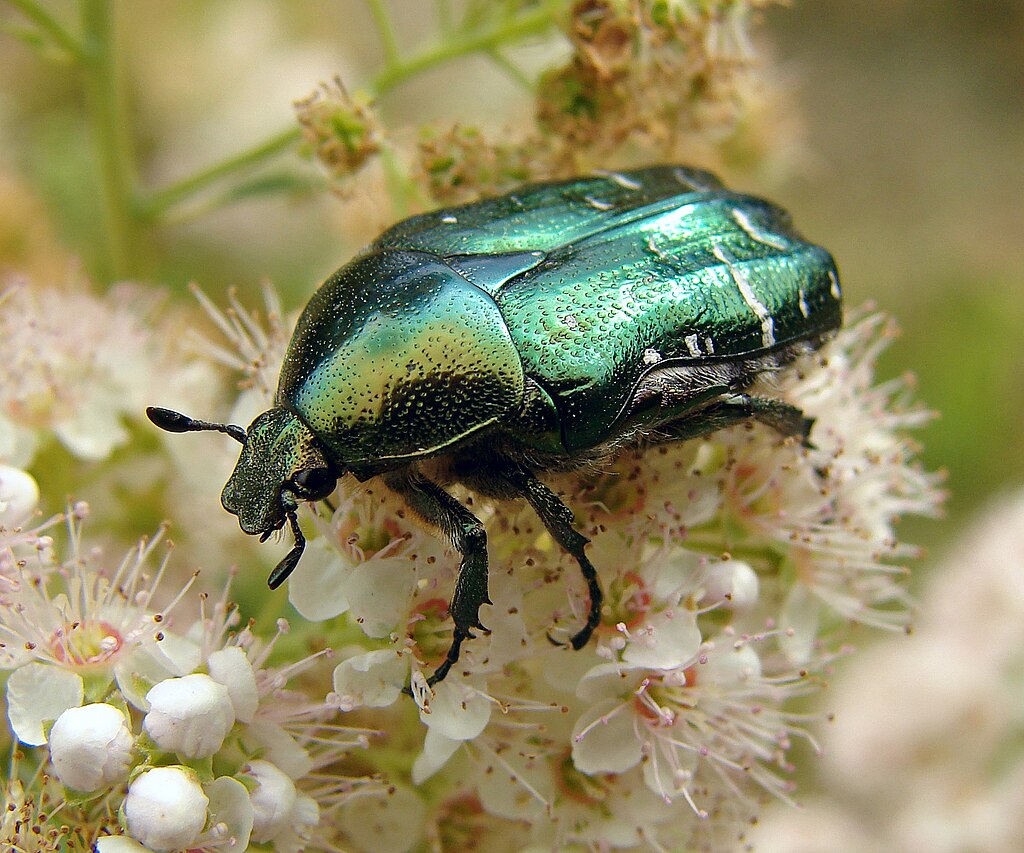The question of whether insects experience pain similarly to humans has long fascinated scientists, philosophers, and animal rights advocates alike. When we accidentally step on an ant or swat a mosquito, should we feel moral concern for potentially causing suffering? This seemingly simple question opens up profound explorations into the nature of consciousness, the evolution of nervous systems, and how we define and recognize pain across different species. As humans with complex emotional lives, we instinctively project our experiences onto other creatures, but the reality of insect experience might be radically different from anything we can imagine. This article delves into the fascinating science of insect neurobiology, the philosophical dimensions of consciousness, and the ethical implications of how we treat the most abundant animals on our planet.
The Fundamental Challenge of Understanding Insect Experience
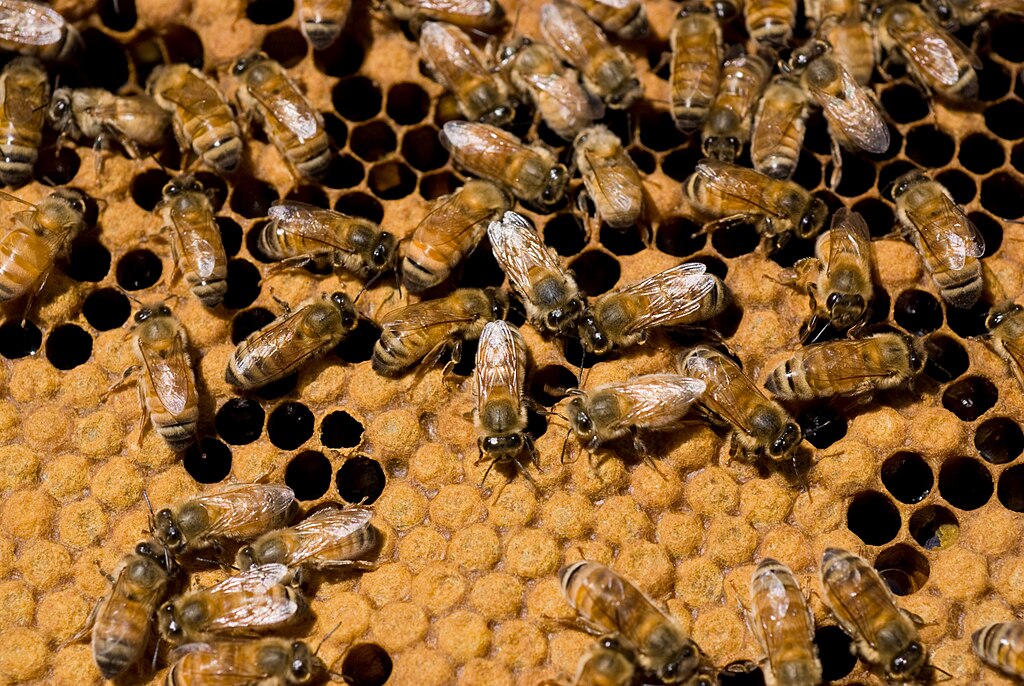
Understanding what it feels like to be an insect presents a fundamental challenge that philosophers call the “other minds problem.” We cannot directly access the subjective experience of another being, even another human, let alone a creature with a nervous system so different from our own. Insects possess nervous systems with far fewer neurons than vertebrates—a honeybee has approximately one million neurons compared to the human brain’s 86 billion. This vast difference in neural architecture means that whatever insects experience likely bears little resemblance to human consciousness. The challenge for scientists lies not just in measuring behavioral responses to harmful stimuli, but in determining whether these responses are accompanied by subjective feelings of distress or suffering that we would recognize as pain.
Defining Pain: More Than Just Reflexes

Pain in humans is a complex phenomenon involving both sensory and emotional components. When we experience pain, specialized nerve endings called nociceptors detect potentially harmful stimuli and send signals to our brain, which processes this information and generates the subjective feeling of pain. This experience typically motivates us to avoid the harmful stimulus and protect injured body parts. However, pain goes beyond mere reflex—it involves emotional suffering, contextual awareness, and the capacity to remember and anticipate pain. These aspects create what scientists call an “affective dimension” to pain—the unpleasantness that makes us want to avoid it. While insects clearly respond to harmful stimuli, the crucial question is whether they possess the neural machinery necessary for the subjective, emotional experience of suffering.
The Surprising Complexity of Insect Nervous Systems
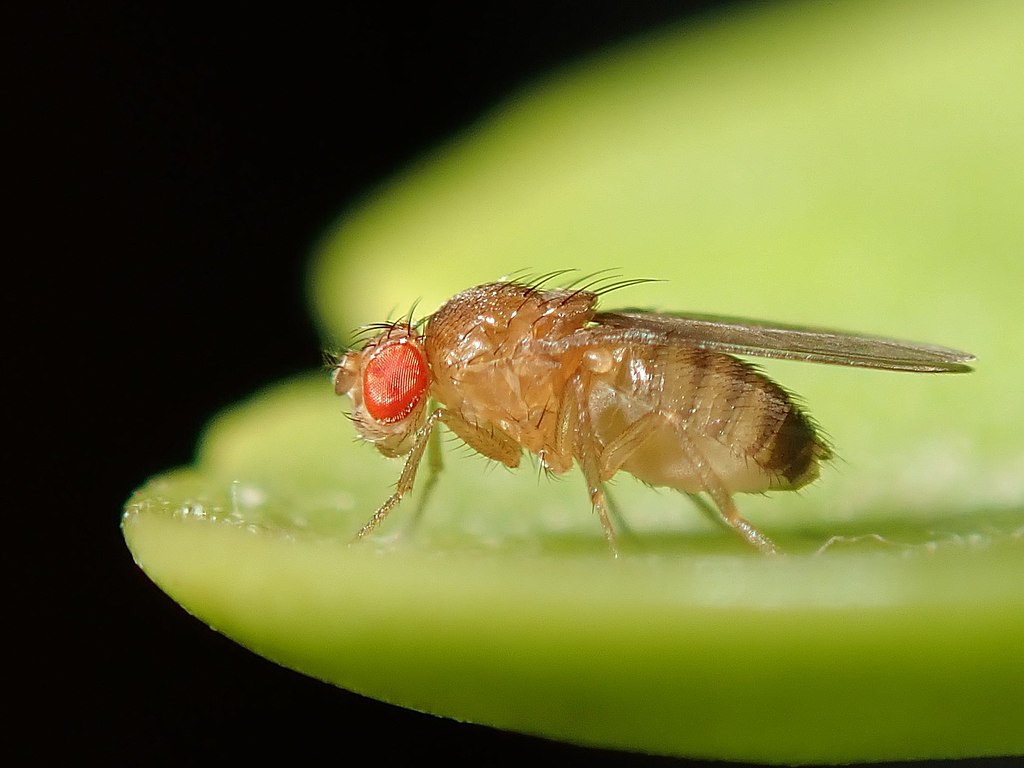
Despite their tiny size, insect nervous systems display remarkable complexity and specialization. Insects possess nociceptors similar in function to those found in mammals, which detect potentially damaging stimuli like extreme temperatures, caustic chemicals, or physical pressure. Research on fruit flies (Drosophila melanogaster) has revealed neurons that specifically respond to noxious heat, suggesting specialized pathways for processing harmful stimuli. Insects also demonstrate sophisticated learning capabilities, with honeybees able to learn complex foraging routes and communicate them to hive mates through the famous “waggle dance.” Cockroaches can learn to avoid spaces associated with electric shocks, indicating a capacity for associative learning related to harmful stimuli. This neural complexity suggests that insect responses to damage go beyond simple reflexes, though it doesn’t necessarily prove conscious pain experience.
Behavioral Evidence: How Insects Respond to Injury
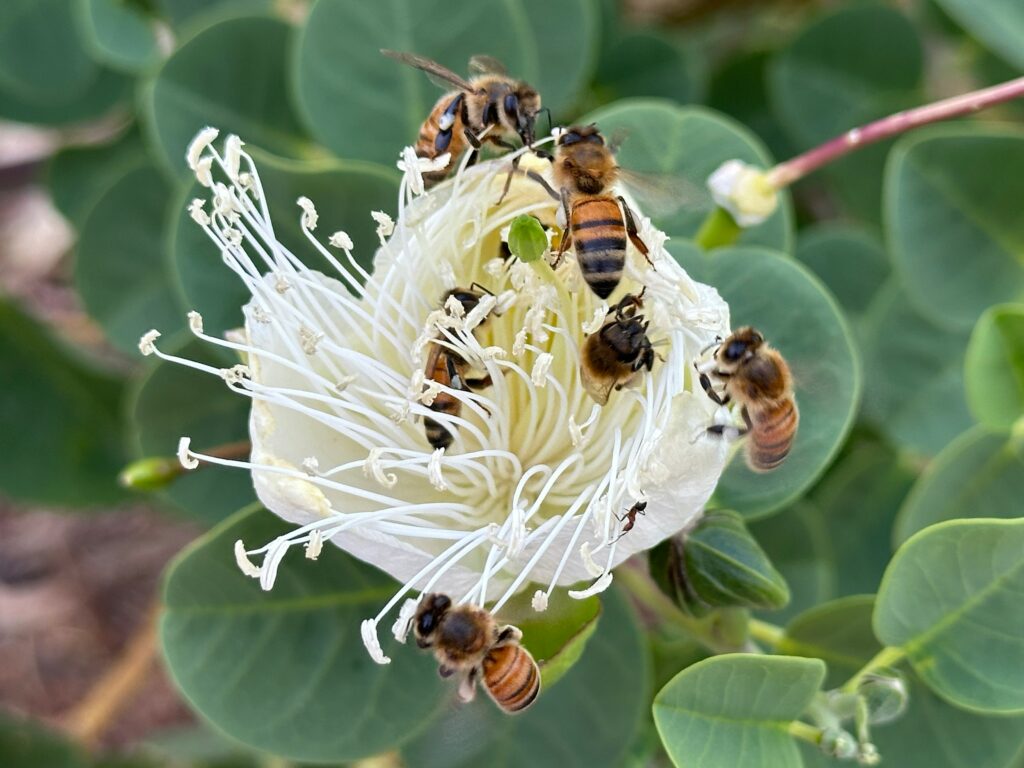
Insect behavior following injury provides intriguing clues about their potential pain experience. When injured, many insects display protective behaviors similar to those seen in mammals. Fruit flies with damaged limbs will protect the affected appendage and groom it extensively, while injured honeybees may become less responsive to sugar rewards, suggesting a state analogous to pain-induced distraction in mammals. Some insects also self-administer analgesic substances when injured—fruit flies exposed to harmful heat seek out alcohol-containing food sources, which may act as a pain reliever. Perhaps most striking is evidence from studies where injured insects change their decision-making processes, showing increased risk-taking or altered preferences that suggest an internal state change following injury. While these behaviors don’t prove conscious pain experience, they indicate sophisticated processing of noxious stimuli.
The Centralized Brain Debate: Is It Necessary for Pain?

One argument against insect pain consciousness centers on their lack of a centralized brain similar to vertebrates. Humans experience pain in the cerebral cortex, a brain structure insects lack. Some scientists argue that without analogous structures, insects cannot process the emotional aspects of pain that constitute suffering. However, this view has been challenged by recent research showing that insect brains, while different in structure, possess specialized regions that integrate sensory information and coordinate complex behaviors. The mushroom bodies in insect brains, for instance, play roles in learning, memory, and sensory integration similar to functions performed by parts of the mammalian cerebral cortex. Evolutionary biology suggests that centralized consciousness isn’t the only solution to navigating environments—different neural architectures might produce different forms of awareness that serve similar adaptive functions while being subjectively very different from human experience.
The Evolutionary Purpose of Pain
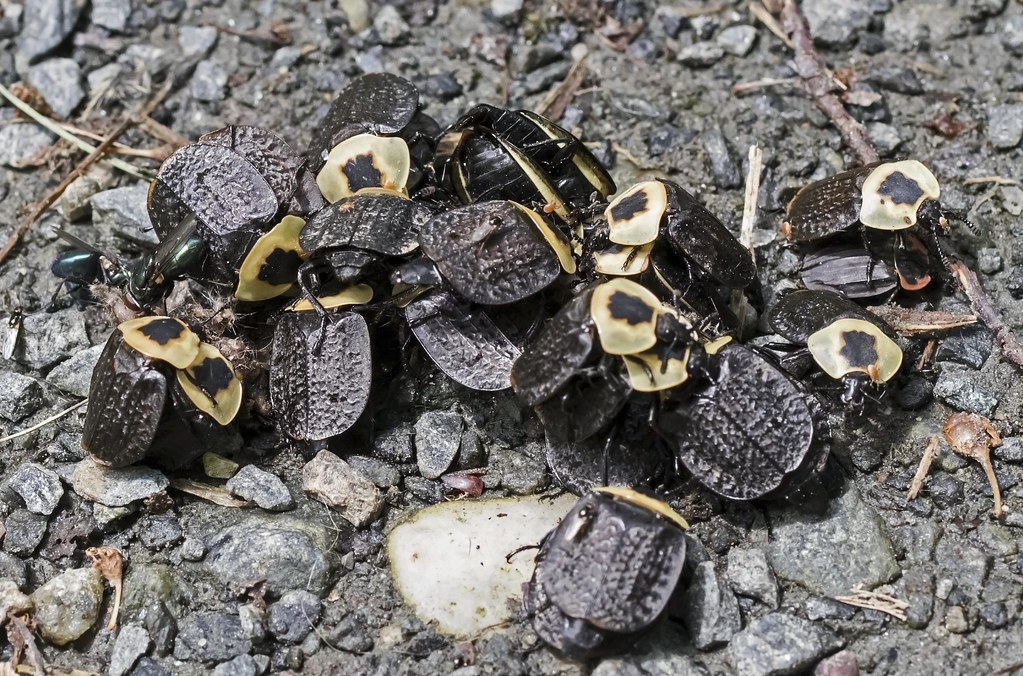
From an evolutionary perspective, pain serves as an important survival mechanism that helps organisms avoid damage and protect injured body parts. This adaptive function provides clues about which animals might benefit from pain experiences. For long-lived animals with complex bodies that can heal from injury, pain serves as a powerful teacher, helping them avoid dangerous situations in the future. Insects, with their short lifespans and limited capacity for physical healing, might benefit less from prolonged pain states. However, even short-lived organisms could benefit from acute pain that helps them escape immediate danger. The capacity for learning seen in many insect species suggests they can modify their behavior based on past harmful experiences, which indicates some form of nociceptive memory, if not conscious pain experience. Evolution tends to favor efficient solutions, raising the question of whether full pain consciousness would be selected for in insects or if simpler nociceptive systems would suffice.
Neurotransmitters and Pain: Chemical Clues
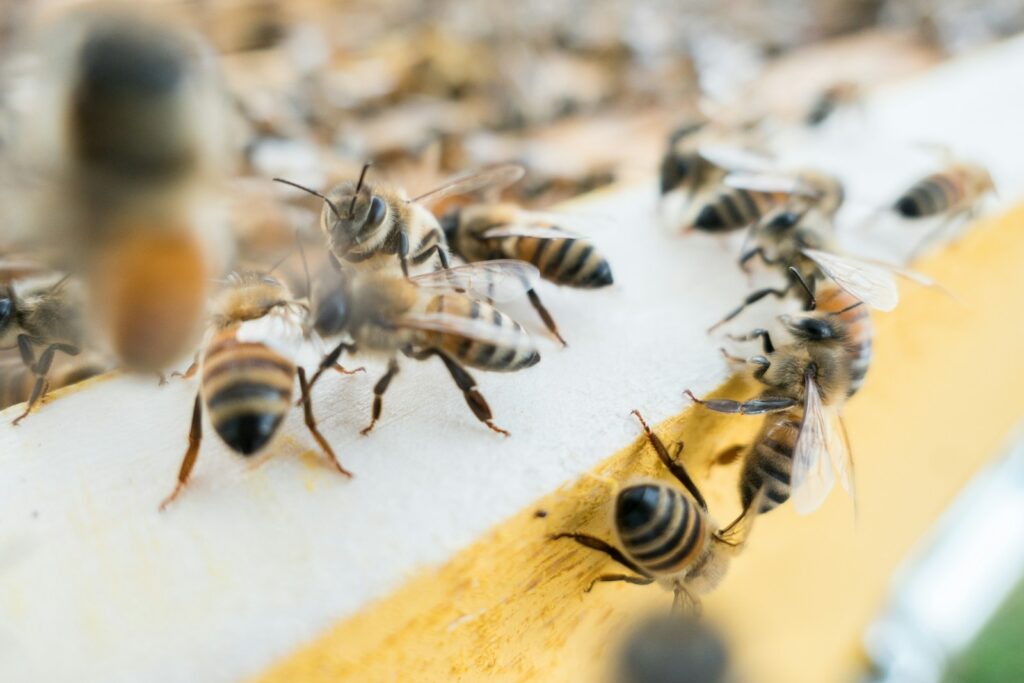
The chemical signaling systems involved in pain processing provide another perspective on insect experience. Remarkably, insects share several neurotransmitters with humans that are involved in pain modulation, including dopamine, serotonin, and endorphins. When fruit flies are injured, they release endogenous opioids similar to those released during mammalian pain responses. Even more compelling is evidence that insects respond to many of the same analgesic compounds that reduce pain in humans. Morphine administration alters insect responses to harmful stimuli, suggesting shared molecular pathways in pain processing across vastly different species. Some insects even produce their own analgesic compounds following injury, indicating sophisticated systems for modulating nociception. These chemical similarities don’t prove conscious pain experience but suggest deeper evolutionary connections in how different animals process harmful stimuli than previously recognized.
The Consciousness Threshold: Where Do We Draw the Line?
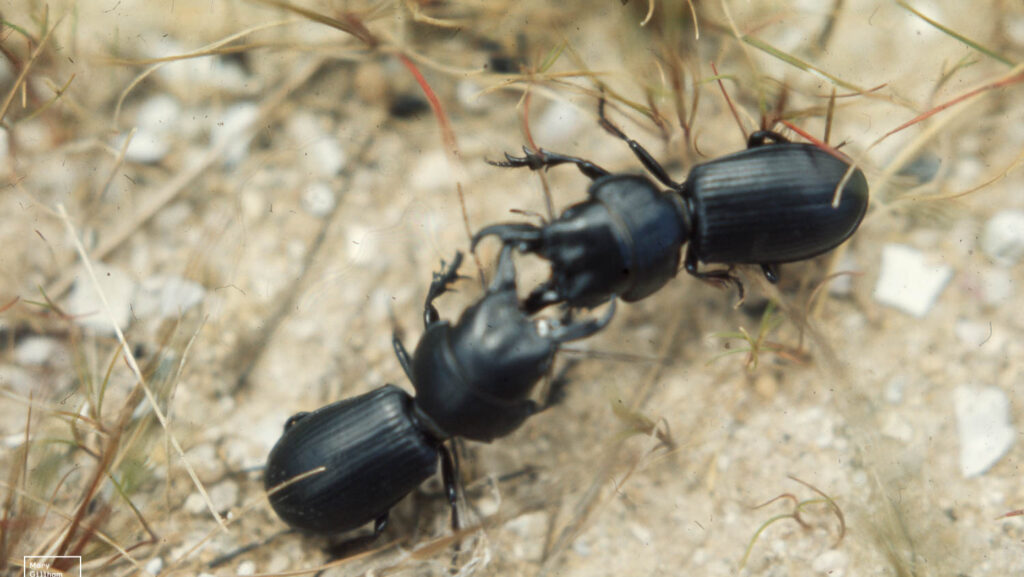
Determining which animals possess consciousness remains one of the most challenging questions in neuroscience. Some researchers propose that consciousness requires specific neural structures found only in mammals, birds, and perhaps some cephalopods like octopuses. Others suggest that consciousness exists on a spectrum, with different animals possessing varying degrees of awareness based on their neural complexity and behavioral flexibility. The Integrated Information Theory of consciousness proposes measuring consciousness by the degree of integrated information in a neural system, which might allow for primitive forms of consciousness in relatively simple nervous systems. Recent advances in understanding the minimal neural requirements for consciousness suggest that the capacity for different forms of awareness may be more widespread in the animal kingdom than previously thought. The debate about where to draw the line remains contentious, with profound ethical implications for how we treat different animal species.
Alternative Forms of Experience: Alien Consciousness
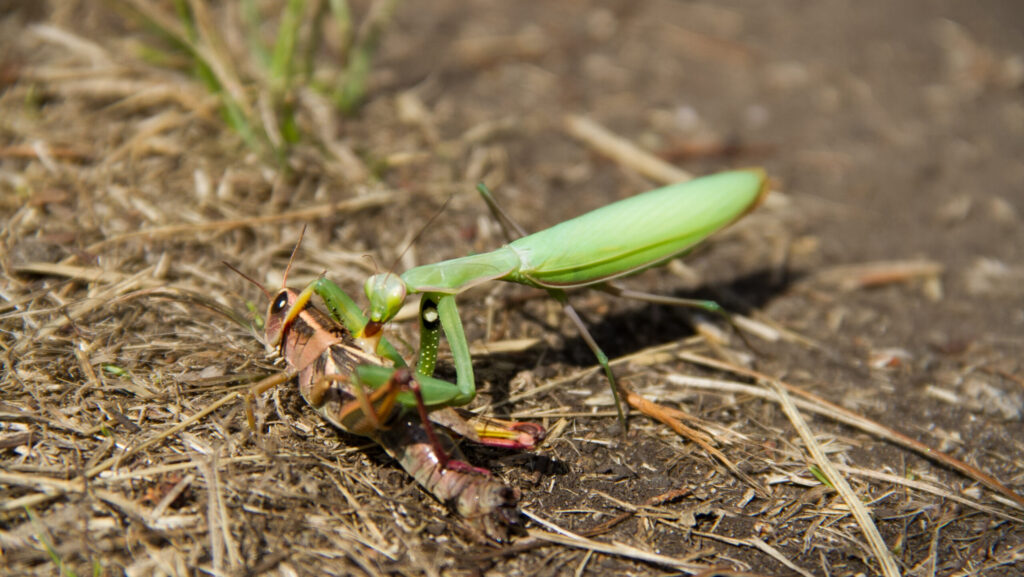
When contemplating insect experience, we might need to abandon anthropocentric concepts of consciousness altogether. Rather than asking whether insects feel pain “like we do,” we might consider whether they possess entirely different forms of subjective experience—what philosophers call “alien consciousness.” An insect’s experience might be so fundamentally different from mammalian consciousness that it bears little resemblance to anything we can imagine. Some scientists suggest that insect nervous systems might operate more like distributed networks, with consciousness emerging from the collective activity of semi-autonomous ganglia rather than a centralized brain. This distributed processing could create a form of awareness unlike our unified conscious experience. The philosopher Thomas Nagel famously asked “What is it like to be a bat?”—highlighting how difficult it is to imagine radically different forms of consciousness. This question becomes even more profound when considering creatures as evolutionarily distant from us as insects.
The Precautionary Principle: Ethical Implications
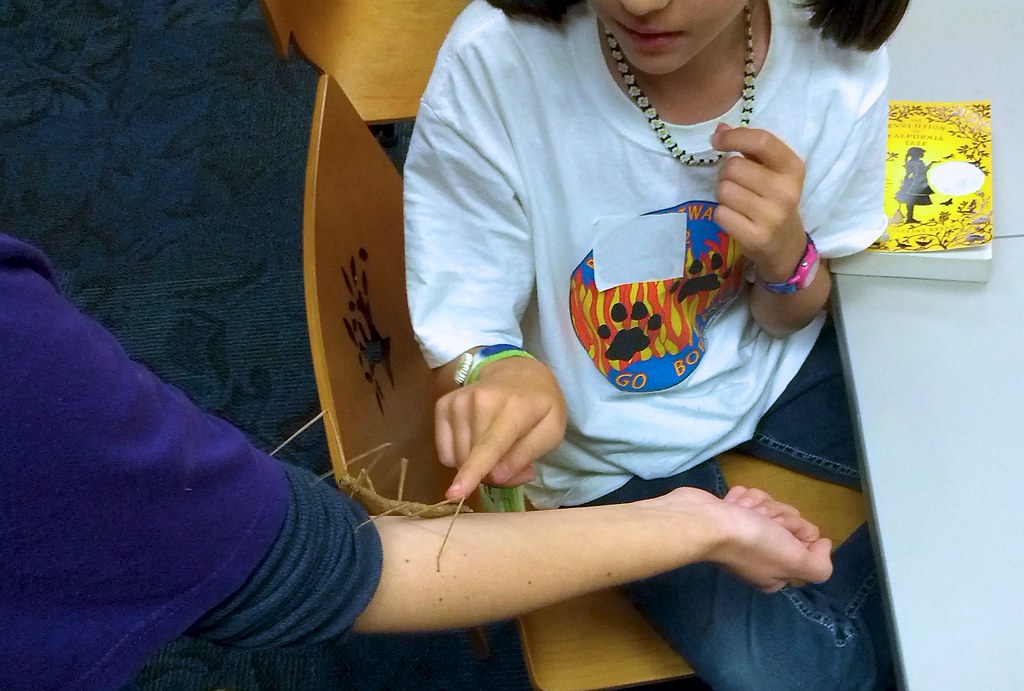
Given the scientific uncertainty surrounding insect pain, some ethicists advocate applying the precautionary principle—the idea that when in doubt about potential harm, we should err on the side of caution. This approach suggests that since we cannot definitively rule out insect suffering, we should extend some moral consideration to insects, particularly in contexts where they are used in large numbers, such as research or food production. The precautionary approach doesn’t necessarily mean treating insects with the same moral consideration as mammals, but rather acknowledging the possibility of their suffering and taking reasonable steps to minimize it when practical. This might include developing more humane methods of pest control, improving conditions for insects raised for human consumption like crickets and mealworms, and refining experimental protocols involving insects. Critics argue that such an approach could lead to impractical moral demands given the ubiquity of insects and our inevitable interactions with them.
Practical Applications: Insect Welfare in Research and Agriculture

The question of insect pain has practical implications for how we use insects in various contexts. In scientific research, insects are often preferred subjects because they are assumed to have limited capacity for suffering, exempting them from many animal welfare regulations that protect vertebrates. If evidence continues to suggest more complex pain processing in insects, research protocols might need revision to incorporate anesthesia or humane euthanasia methods for insects. The growing insect farming industry, which produces insects for human food and animal feed, would also face new welfare considerations. Some countries have already begun incorporating insect welfare into their legal frameworks—the UK’s Animal Welfare (Sentience) Act 2022 created a committee to consider evidence for invertebrate sentience and its implications. Addressing insect welfare also extends to pest management strategies, with growing interest in developing control methods that minimize suffering while effectively managing harmful insect populations.
Cultural and Religious Perspectives on Insect Suffering

How different cultures and religious traditions view insect suffering reveals fascinating perspectives on the moral status of these tiny creatures. Jainism places extraordinary emphasis on avoiding harm to all living beings, including insects—practitioners often sweep the ground before walking to avoid accidentally crushing small creatures and wear masks to prevent inhaling them. Buddhist traditions similarly emphasize compassion toward all sentient beings, with some practitioners going to great lengths to avoid harming even mosquitoes. In contrast, many Western philosophical traditions have historically drawn sharper distinctions between humans and other animals, particularly invertebrates. Indigenous knowledge systems often recognize complex relationships with insects, acknowledging their ecological importance while also using them for food and medicine. These diverse cultural perspectives remind us that our scientific questions about insect experience are embedded within broader frameworks of how humans understand their relationship to other forms of life.
Future Research Directions: Solving the Insect Consciousness Puzzle

Resolving the question of insect pain consciousness will require innovative research approaches that bridge neuroscience, behavior, genetics, and philosophy. New technologies like miniaturized neural recording devices are allowing researchers to monitor insect brain activity during exposure to potentially painful stimuli, providing unprecedented insights into their neural processing. Genetic techniques enable the selective activation or silencing of specific neurons involved in nociception, helping scientists understand the causal relationships between neural activity and behavior. Comparative studies across different insect species with varying ecological niches may reveal how different environmental pressures shape pain processing systems. Computational models of insect nervous systems could help scientists understand the information processing capacity of these neural networks and whether they possess sufficient complexity for subjective experience. As research progresses, we may need to develop entirely new frameworks for understanding consciousness that accommodate the possibility of radically different forms of experience across the animal kingdom.
Conclusion

The question of insect pain consciousness transcends pure scientific curiosity, touching on fundamental aspects of how we understand consciousness itself and our ethical relationships with other living beings. While current evidence suggests insects possess sophisticated systems for detecting and responding to harmful stimuli, whether these responses include subjective suffering remains uncertain. What seems increasingly clear is that the traditional binary view—either creatures experience pain like humans or they experience nothing at all—is too simplistic. Instead, we may need to embrace the possibility of a vast spectrum of different kinds of subjective experiences across the animal kingdom, some potentially so alien to our own that we struggle to categorize them within our existing frameworks. As we continue to explore the miniature minds of insects, we simultaneously expand our understanding of consciousness itself and challenge our assumptions about the boundaries of sentience in the living world around us.

